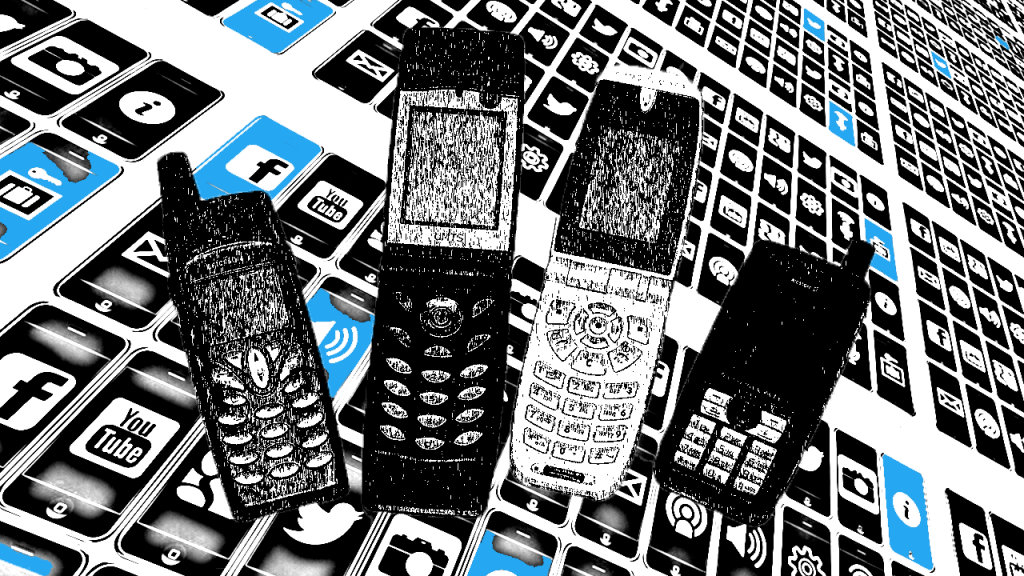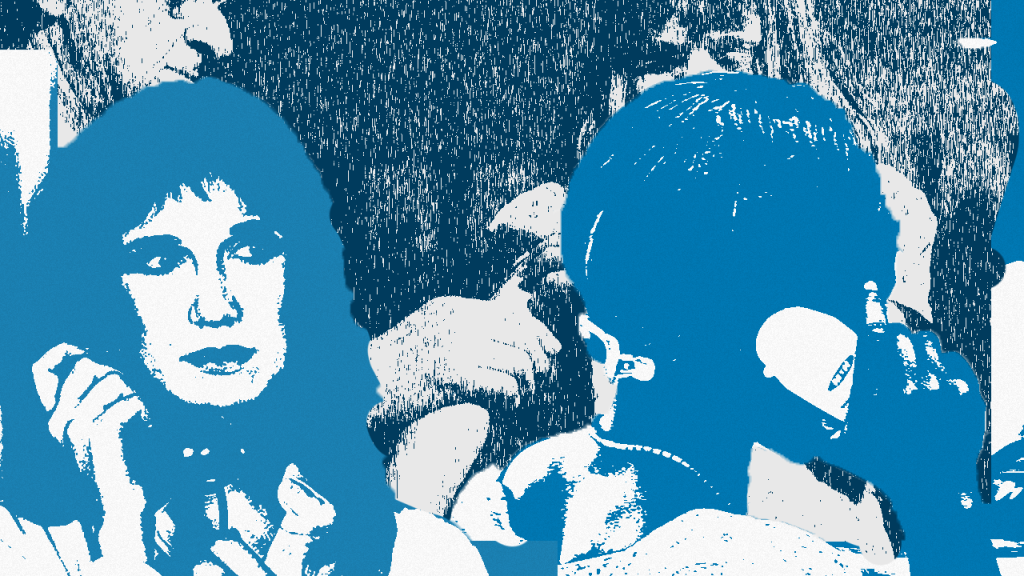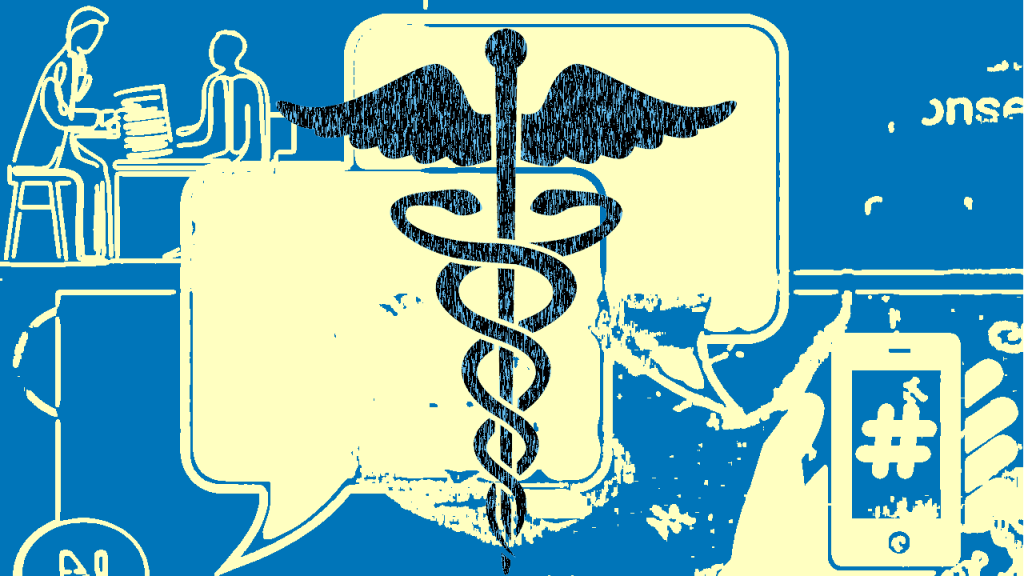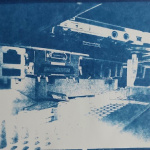Lately, I’ve been making accounts on low-tech social media websites just to see what it feels like, just to interrogate the act of participating online. It feels like a useful ritual, a reminder of what it used to mean to sign up for something. As a 90s baby who grew up in the age of the internet, my pre-teen and teenage years were infused with many promises originating in the online sign-up page. I come from a generation of kids for whom a core way of exploring identity was in creating these accounts.
I’m even currently living in the bedroom that I had as a child, where I placed a Windows XP computer on a makeshift table right next to my twin bed. I’d flip over in the night, stirred by AIM sign-off sounds from my buddy list.
A new account meant a new layer of becoming. Web platforms were a mirror that reflected wavelengths I wasn’t developed enough to see for myself. Since then, the social media accounts I’ve maintained that weren’t wiped clean due to the company itself disappearing (such as Myspace) still retain pretty much all of the content I put on there as a child. My Xanga, unfortunately, still has every blog I made in 4-6th grade. My Facebook has albums of photos I created in high school. Every once in a while I sign into one of my 6 AIM accounts to find that a few people never seemed to ever sign out.
I’ve had a Facebook account since 2009—that’s half my life. Instagram came soon after. I’ve never worked very hard to delete stale content of my childhood self, mostly because it feels like this online life has all been one fluid gesture. When I signed up for these accounts, I didn’t opt in to carrying my previous selves in a withered bindle on my back, but neither did I opt out either.

It’s not just nostalgia that sends me back into rabbit holes of these earlier days. It’s a deep sense of wanting to connect to an authentic and intentional cyber act. How often do I really know what I want to get out of an online social platform? The mythology of a creative self is infused in these rituals of signing up—before high tech became a given, before the ennui of ambient permanence came to dominate social media, before the promises of connection and expression became a constant low hum of ambient drudgery and temptation.
There is a difference. There is magic in making an account on a small-scale platform and browsing handmade websites. I can do it for a whole day and not feel overindulged. That does not go for the dominant social media sites.
In this world of the publicity oriented social internet, where what I share online feels designed to either be for everyone, all at once, or for all temporalities, I’m wondering what it would be like to create small intimate experiences that facilitate connection that would otherwise not happen.
I’ve been collecting links to idiosyncratic social media sites on my Are.na page, finding that others in the community are doing that too. Other’s experiments in the “poetic web” teach me that maybe there is a beauty in the small, the anonymous, or the brief. It feels difficult, to transform social media fatigue into something constructive and lasting. Maybe embracing these things would help to dislodge the stuckness that comes from having to be the pundit/spokesperson of your own identity online.
Our current social media infrastructures cast a wide net, saying “anytime, anywhere, for any reason, people are here.” They don’t necessarily imply permanence always (as in the case of Instagram stories), but do imply a sort of passive relaxation into the container.

A growing aspect of my online communication these days comes in the form of talking about going to the doctor, diseases, and various ailments. Either I, a friend, or a stranger in a Facebook group—someone’s always going to the doctor, and people who go to the doctor need others who are also going to the doctor.
With this alternative social media paradigm as inspiration, I’ve been thinking about what it would be like to create a sort of anonymous, time-bound virtual pen-pal chat specifically for those going to the doctor soon. This could be built to pair people together for the 24 hours before their appointment.
My idea for this came from an experience a few months ago. I was chatting with another chronically ill friend for the first time in ages, and serendipitously, we found that we were going to the doctor at the same time on the same day. We got to exchange our thoughts and advice in real time as the day unfolded, and it made the anticipation easier. It wouldn’t have been the same if we had planned the conversation, talked weeks ahead, or wrapped our experiences in neat bows for the feed.
The lead-up to doctor appointments can often be the hardest part, especially for those who go to the doctor often (like me) due to chronic illness and disability. In creating a transient, 1:1 “social media” where people connect on this aligned temporal experience, is perhaps something beautiful. People can have a digital buddy who is going through something similar. Nothing is required to occur and people are left to disclose as much or as little as they’d like. I’d have to think more about the technicalities, security, anonymity, and rules around it, of course.

The idea interests me not just because of the opportunity to unite people in shared anxiety and need, but also for the possibility of exploring what it means to connect online. So much of social media and internet life is shrouded in a pretence of permanence. We still follow people from high school on Instagram, can never get around to deleting that embarrassing photo album on Facebook, collect “friends” like objects. And then there’s largeness—we cast a wide net, with the inscrutable goal of self-marketing, of reaching as many people as possible.
So I’m very curious about what it could mean to facilitate connections that are intentionally small, anonymous, and impermanent—things that go against the pillars of social media tech. We might find out more about what connection we’re really looking for, if we give ourselves permission to narrow our scope. Maybe then we’d be able to find sufficiency in what or who is in front of us, instead of it being ever on the horizon of the infinite feed








